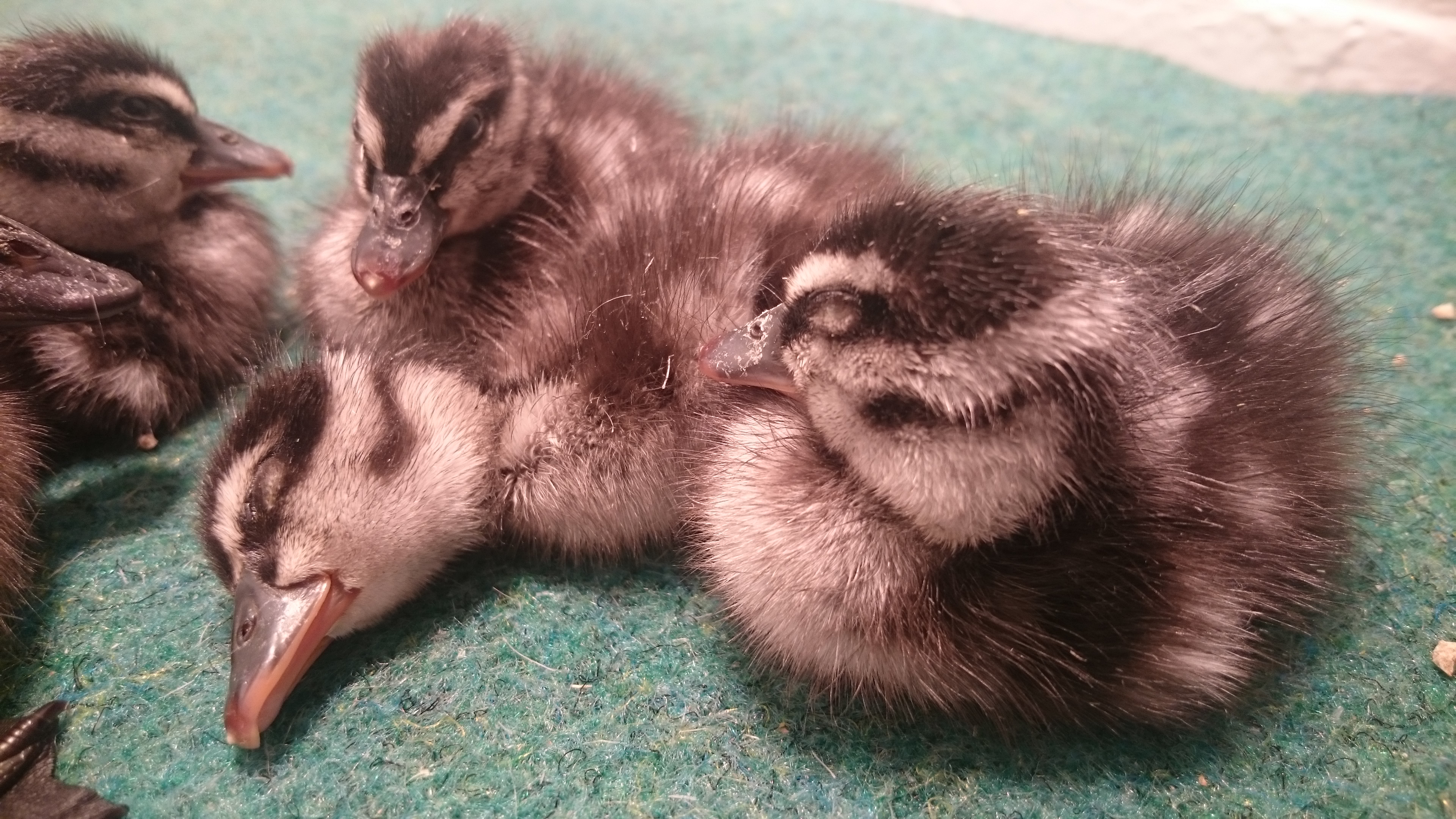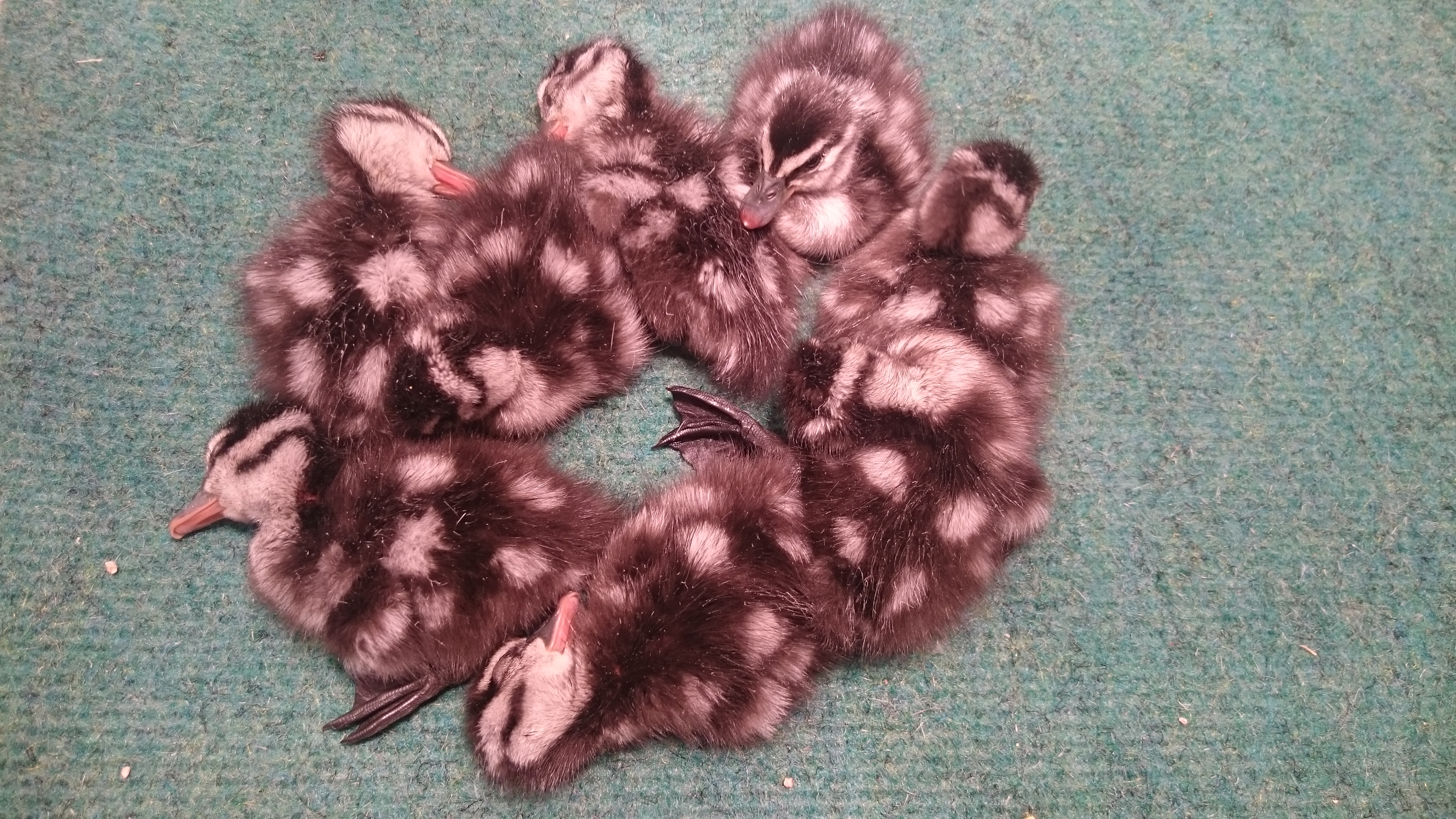Lesser whistling ducks - it's been a while.
The lesser whistling duck (Javan whistling duck) is a species that has not been seen in the Slimbridge rearing facility for over 20 years. This cheerful and feisty species has only recently made a comeback into popular Aviculture, and we’re thrilled to be able to exhibit them to you now. It was decades ago in the late 1970's when they were bred for the first time in the UK. Slimbridge achieved success in the Tropical house, breeding them alongside our much-mourned violet-eared hummingbirds and other delights. They are a relic of the "good old days" when species were being kept and bred at WWT for the very first time. Breeding and rearing species such as this helped put Slimbridge on the Conservation map.

Despite their friendly faces, much like all whistling ducks the lesser is perfectly able to hold its own amongst species that far exceed it in size. This sociable duck will breed both in tree hollows, nest boxes and in self-made bowl nests on the floor. Both the male and female will help with incubation and nest defence, showing great bravery in protecting their eggs. As with all whistling ducks their eggs are quite spherical, round and porous, and will hatch after 25-28 days of incubation.
The result is an adorable striped duckling akin to a humbug, and commonly nicknamed “bumblebees” by staff. These round little fluff-balls with long skinny legs huddle together in the cutest possible way; trying to create a comfortable rugby-scrum-style pile of security. By turning their bottoms to face the danger you can often get the best views! In the wild this observably “bright” down colouration makes perfect sense, allowing the ducklings to melt into undergrowth in areas of bright dappled sunlight.

The whistling duck family exhibit some lovely behaviours. Also called tree ducks due to their nesting choice and perching ability, these ducks stand taller and more erect that other ducks. In flight their necks hang low like geese, and their wings are wider and squatter. The lesser whistling duck even has a hooked primary, which gives their wing beats a whistling sound. When defending their young, an adult will fake a broken wing in order to draw predators away from their offspring. At home in the trees, these ducks also dive for food like a coot or moorhen, and have a hooked beak for ripping vegetation as well as dabbling for it. Couple these facts with a universal shyness and the species clearly has a recipe for success. Their generalist attitude and ability to adapt makes them broadly successful in their native habitats. There are 9 species of whistling duck worldwide.

The lesser whistling duck is a species of least concern and is native to the Indian subcontinent and South-East Asia, occupying wetland habitat around lakes and paddy fields. They occupy similar habitat types to two of the most endangered wildfowl species currently on the planet; the Baers pochard and the White-winged duck, and yet maintain a larger population size in excess of 200,000. Whilst the species is definitely in decline overall due to general habitat loss, it is not at a rate considered necessary to call them vulnerable according to the IUCN guidelines. Knowing what we do about their habitat then, this species could prove a valuable tool for educating the next generations of visitors and conservationists of the plight of this diverse and spectacular part of the world...


